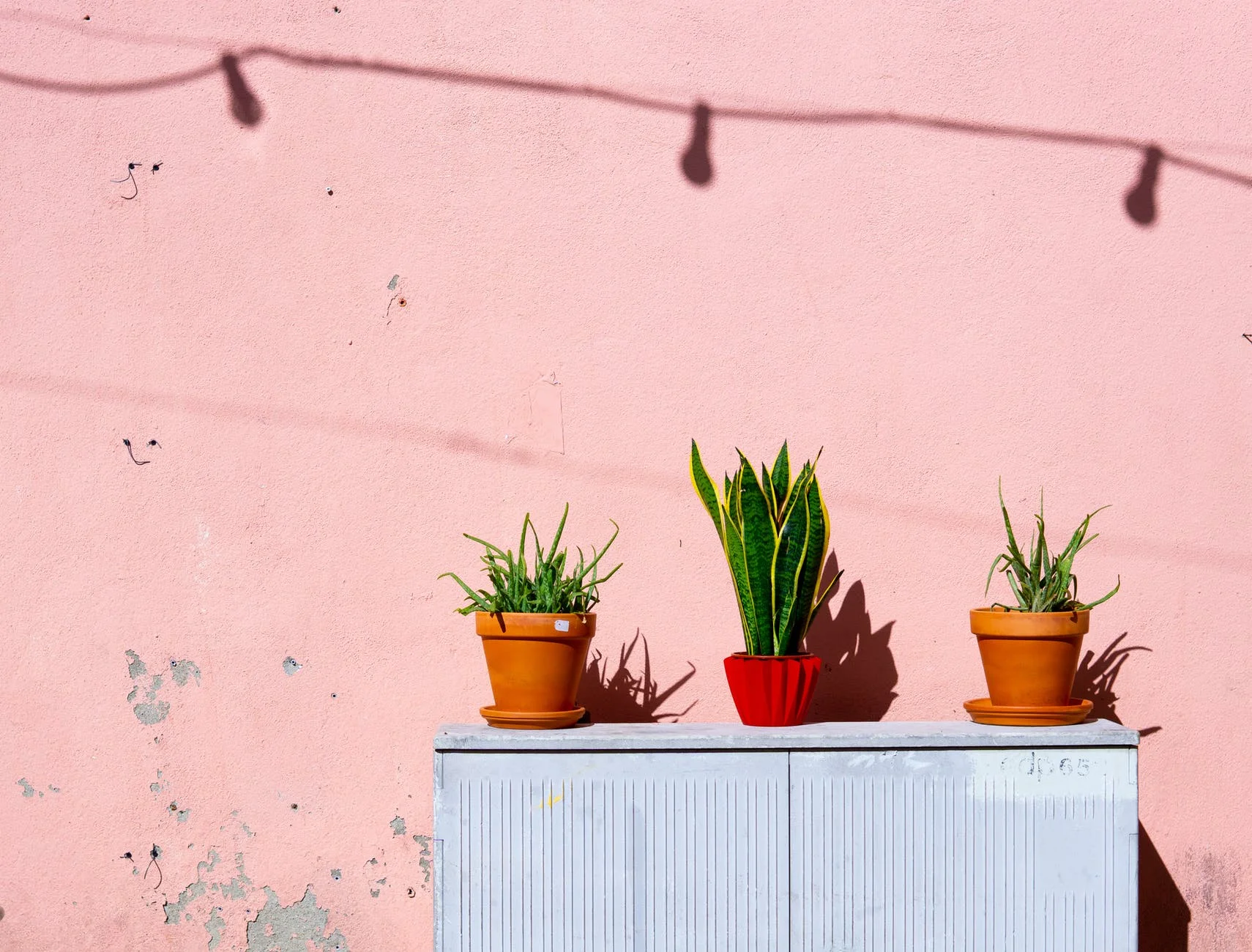Over the years, my social media feeds have drastically changed, from “thispiration” and “wellness” influencers, to pro-recovery pages, influencers, and motivational accounts. This has been a very deliberate shift in an effort to motivate and encourage me through my own recovery, and as time has progressed, to provide positive material that I find beneficial.
Changing the type of information I have easy access to has been very beneficial overall – seeing more body diversity, learning from others who have overcome adversity, and being exposed to views that are different from diet culture have all enriched my outlook. I am so encouraged to see more and more people talk about their struggles in a realistic way, promote alternative options to dieting and restriction, exploration of body diversity and inclusion, and so much more. I love this! I love watching individuals work toward a better life, free from disordered eating, body image challenges, and low self-esteem.
The flip side of this coin is that I am still primarily seeing images of slim, white women promoting body love and recovery. I am seeing more and more recovery influencers posting “before” and “after” pictures to highlight their progress, and celebrating how their world has opened up as their food rules have fallen aside. While I celebrate with you, I also find this messaging problematic, and here’s why:
There are a variety of very deliberate reasons that I never post “before and after” pictures of my illness and my recovery. The first, and possibly most important to me personally is the fact that recovery looks different for everyone. There is no single way a body will transform and heal in recovery, and attaching specific images about recovery may inadvertently send the message that “This is what recovery looks like” – which simply is not accurate. Pictures only show a moment in what MY recovery has looked like, and each of us will experience a uniquely different journey.
I am also acutely aware of the comparison, competition, and hierarchy in the eating disorder realm. Some behaviours at one end of the spectrum are more socially acceptable and almost admirable than behaviours at the other end of the disorder spectrum. While all eating disorders pose long term and potentially life-threatening outcomes, restriction is still looked at with an odd sense of accomplishment, while binge eating warrants much less understanding or compassion – this is the hierarchy of concern. Individuals, caregivers, medical professionals and the general public also struggle to understand that YOU CANNOT TELL HOW SICK SOMEONE IS BY LOOKING AT THEM. However, we tend to promote very thin physical forms as the “most sick”. This competitive mentality keeps many people from seeking support, or believing that they are “not sick enough” because they do not look a certain way.
I can tell you that over the 12+ years I battled with my disorder, my body has looked every kind of way. I have been underweight, overweight, very athletic, and very sedentary. I have battled with bulimia, restriction, binge eating, exercise addiction, orthorexia, self-harm, alcohol, and substance misuse, – often actively engaged in multiple behaviours all during the same time period. There is no single picture that could accurately show my “before”, as my body was, and continues, to change. I can also tell you that the most dangerously ill I have ever been was not at my thinnest, not by a long shot. But posting that “before” picture does nothing to illuminate the difficult journey I had to go through to heal, and again promotes the idea that all recovery for all people is dramatic weight gain, and if your recovery did not look like that, it was not as difficult or worthy.
In an effort to continue to learn and grow, I have also had to spend time exploring how to be more inclusive. I have found that even in the “self-love” camp, fatphobia runs rampant, and I myself need to be aware of my thin privilege. Thin privilege does not mean that persons in slim forms cannot struggle with body dissatisfaction and body image, not at all, but I personally strive to be aware that even in recovery, I have the privilege of having a “socially acceptable” physical form. I have not, and probably will never experience discrimination based on my size or weight. This is thin privilege. As a result, I am hesitant to post pictures of myself that highlight any shape, as I realize my recovered body may be triggering to another person. Ultimately, my body, your body, ALL bodies, are constantly changing. This is the gift of being alive, of having the privilege to age.
Recovery often gets hyper-focused on physical change, but the reality is that recovery is far more that physical appearance. It is the transformation of thought process, the elimination of negative self-belief, it is food freedom, it is honouring your needs, and it is about having a voice. These are not things that a picture can capture. However you choose to celebrate your recovery, it will be uniquely yours. Do not get discouraged if a social media influencer seems to have a different journey than you do – recovery is so personal, yours will never look like someone else’s.
